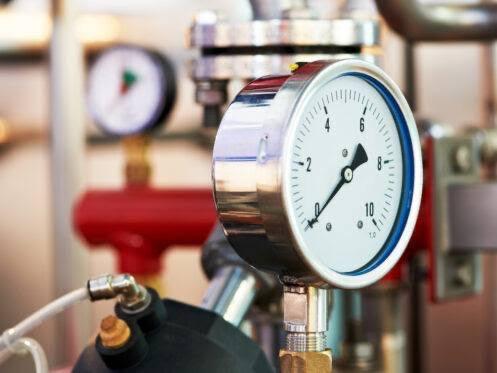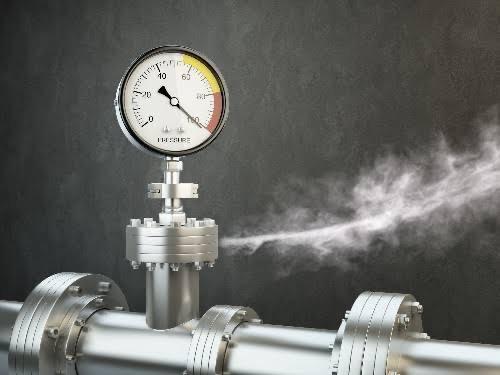Natural gas is an efficient source of energy that provides many homes with heat and the ability to cook food, heat water and dry clothing. However, natural gas leaks can occur if your gas is improperly installed, posing a risk to your health and a danger to your home.
Also, gas leaks have explosive potential due to the highly flammable nature of the vapors. If you have gas installed in your home and are experiencing fumes in the house that you can’t identify, this article will explain how to detect and prevent natural gas leaks. Continue reading to know more:

Signs and symptoms of a gas leak
Whenever you notice a gas leak in your home, your first step should be to switch off the pilot light or gas meter and notify your gas company. Gas usually has a potent smell similar to rotten eggs, apart from this smell, there are other signs you are experiencing a gas leak, they include:
- A hissing or whistling sound
- Bubbles and dust
- House plants that suddenly die
- Visible damage to a gas line connection
One of the early signs of a gas leak in the home may be symptoms associated with carbon monoxide poisoning. Below are some signs of extreme carbon monoxide exposure:
- Headache
- Eye or throat irritation
- Nausea or reduced appetite
- Breathing difficulties or chest pains
- Depression, irritability or other mood changes
- Ringing in ears
- Lightheadedness or dizziness
- Frequent nosebleeds
How to check for a gas leak
You can confirm a potential gas leak through the following ways:
- Listen for a hiss or whistling noise
Sometimes, you have to stop moving for a while and take a deep listen to your environment. If you know where the gas line is, try to check if it’s making any type of noise. You have to be very attentive because sometimes the gas may not be moving through a confined space, so don’t depend solely on this sound to determine whether there’s a leak or not.
- Try the soapy water test
You can mix a concentrated solution of a teaspoon of dish detergent with a cup of water. Apply to wherever you feel there’s a leak, like a juncture or connection and check for bubbles to form that indicate leaking gas.
- Check the gas stove or gas range top
Whenever you turn on the burner, gas stoves will show a blue flame. Blue flames indicate that there’s enough oxygen in the air for the gas to combust. However, the same can’t be said for orange or red flames as this can signify trouble.
- Use a natural gas leak detector
The best way to find a gas leak is to use a natural gas leak detector. Below are some of the best devices for gas leak detection :
- UEi Combustible Gas Leak Detector.
Its features include
- 18-in. gooseneck
- LED light on the sensor
- Batteries included
- Amprobe Gas Leaks Detector
Its features include :
- 18-in. gooseneck
- 5 LED lights to show the gas level
- Batteries included

Conclusion
Whenever you notice a gas leak in your home, your first step should be to switch off the gas meter and alert your gas company or call a professional gas leak plumber. At Modern Plumbing Group, our experts are backed up with years of dealing with gas leak detection and overall maintenance.
Learn more about our services today and how we can help you!